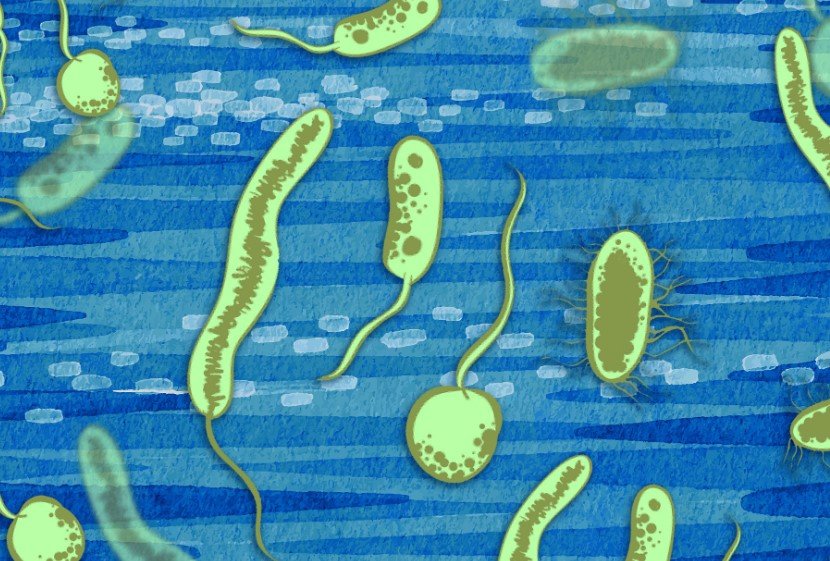In a groundbreaking study that reshapes our understanding of Earth’s early biosphere, scientists have found that some bacteria evolved the ability to use oxygen long before Earth’s atmosphere contained significant amounts of it — a discovery with major implications for evolutionary biology and astrobiology alike.
The study, published in Science, was led by an international team using artificial intelligence to analyze bacterial genomes. Their model was trained to identify whether bacteria were adapted to oxygen-rich or oxygen-poor environments based on genetic signatures — and what they found surprised them.
“It turns out, bacteria were ready for oxygen well before there was much of it to go around,” said the lead researcher.
Oxygen Before the Great Oxidation
Roughly 2.4 billion years ago, Earth underwent one of its most transformative events: the Great Oxidation Event (GOE). Driven by cyanobacteria capable of photosynthesis, atmospheric oxygen slowly began to build up — and with it, a radical change in life’s evolutionary path.
Previously, scientists assumed that oxygen metabolism evolved after this event. But the new study suggests that at least some bacterial lineages were pre-adapted to use oxygen, even when it was present only in trace amounts — likely in micro-niches or localized environments like microbial mats or shallow seas.

The study leveraged machine learning to analyze over 3,000 bacterial genomes, correlating metabolic traits with known geological time markers like the GOE. The AI assigned probability scores to each bacterial lineage’s oxygen affinity and mapped that across an evolutionary tree.
Rethinking the Evolutionary Clock
Bacteria, which make up the vast majority of Earth’s biodiversity, are notoriously difficult to place on a timeline. They leave behind no bones or fossils — only molecular clues buried in DNA. But AI is helping fill in the gaps.
By layering estimated oxygen use patterns onto the bacterial tree of life, the researchers were able to infer metabolic traits of ancestral microbes. This means that oxygen metabolism didn’t suddenly appear after the GOE — it was already developing in the shadows.
“It’s like discovering that fish had lungs long before they ever left the water,” one evolutionary biologist not affiliated with the study commented.
Implications Beyond Earth
The findings may also have implications for the search for life beyond Earth. If microbial life can evolve oxygen-based respiration even in environments with scant atmospheric oxygen, it broadens the definition of habitable environments on planets like Mars or Europa, where trace oxygen may exist in subsurface conditions.
The Bottom Line
This study not only challenges long-held assumptions about microbial evolution, but also demonstrates the power of AI in tackling age-old questions in paleobiology. As we refine these models, we may soon unlock deeper insights into the earliest chapters of life on Earth — and what that might mean for life elsewhere in the universe.
